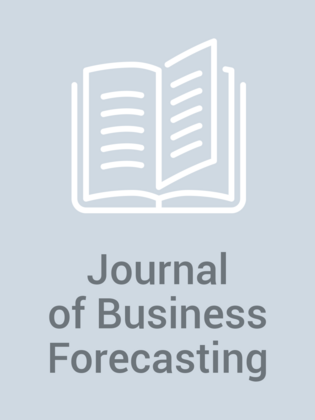Worst Practices in New Product Forecasting
New product forecasting (NPF) is perhaps the most di cult and thankless of all forecasting endeavors. Organizations commit signi cant resources to new product development and release, and sometimes even “bet the company” on promising new ideas. Yet the foundation on which such decisions are made—the forecast of unit sales and revenue— may be very shaky, ill-conceived, and implausible. This article identi es several of the “worst practices” that can plague new product forecasting. UNREALISTIC ACCURACY EXPECTATIONS Perhaps the most fundamental worst practice of new product forecasting, like any kind of forecasting, is to have unrealistic expectations for the accuracy of the forecasts. Forecasting is about knowing the future, something humans (and organizations) are not necessarily very good at accomplishing. Consistently accurate forecasting is possible when three conditions are met: 1. The behavior we are forecasting (e.g., demand for a product) is guided by a structure or rule (known as the Data Generating Process [DGP]). 2. There is not too much randomness in the behavior (i.e., demand follows the DGP quite closely). 3. The DGP does not change within our forecasting ...
From Issue:
Winter 2012
(Winter 2012-2013)









